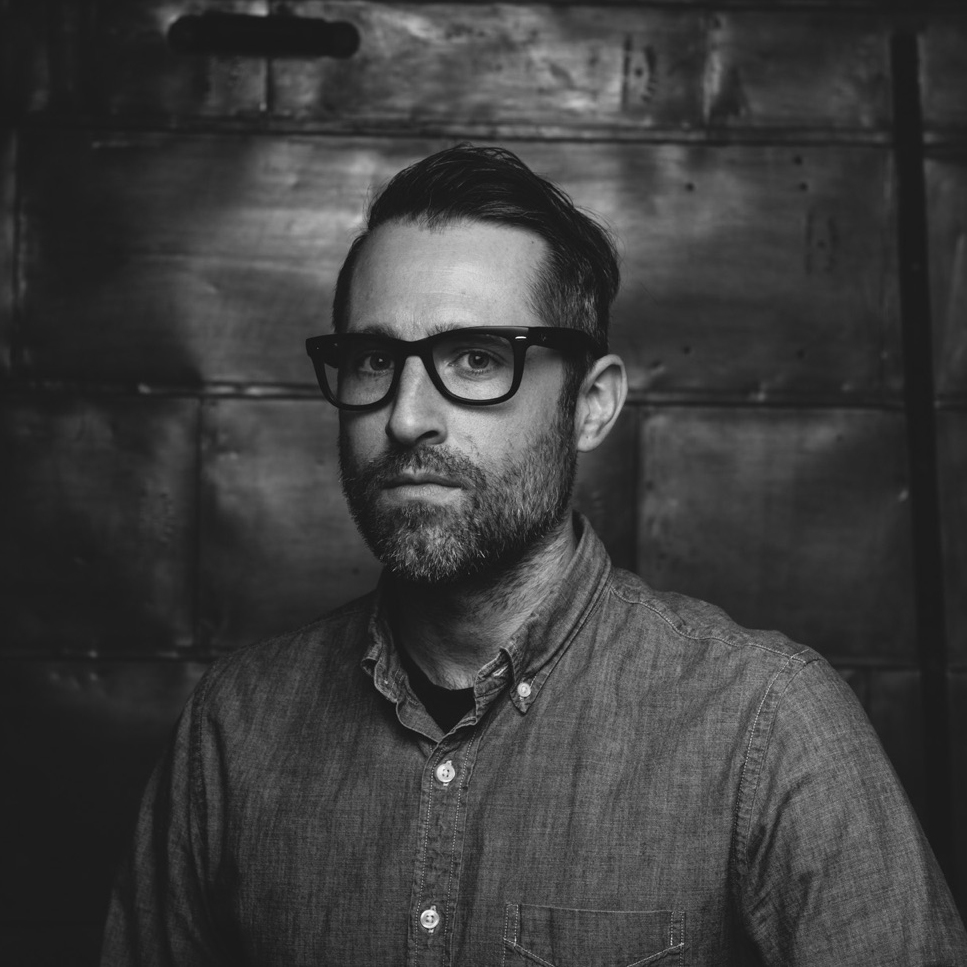Dear Guitar Hero: Accept Guitarist Wolf Hoffmann Talks Gear, Tone and 'Balls to the Wall'

He's the founding lead guitarist of classic German metallers Accept as well as a professional photographer. But what Guitar World readers really want to know is ...
The Balls to the Wall album cover is so iconic. Is it true that one of you guys is the hairy-legged dude? — Roddy
[laughs] No, it’s not one of us. It was actually a boxer, this very fit personal trainer. [Accept’s manager and lyricist] Gaby [Hauke], who was known as Deaffy back in the day, had the idea for the album cover. We loved it, because it was powerful and symbolic. People translate it in all different ways, but the song “Balls to the Wall” is about standing up against aggression and oppression and revolting against your oppressors. So the guy on the cover with a clenched fist seemed to make sense in that context. We never realized how controversial having a guy’s hairy leg on the cover would be in the U.S. [laughs] But hey, it’s an iconic cover, nevertheless.
Accept’s new album, Stalingrad, is amazing! What was the main guitar you used on the new record, and just how many Flying Vs do you have in your collection? — Gary Norris
Actually, I don’t have a whole lot of guitars, because I’m not a guitar collector. I still have my main Gibson Flying V from the Eighties, but I haven’t used her for a long time. She’s basically retired. My main studio guitar is a Hamer Strat that I’ve been using since the Nineties. It’s a nice neck-through Strat with EMGs. I’ve got a collection of about 10 to 15 guitars that I use to try to give each song a different treatment. I have some older Strats and some other Flying Vs, including one made by Jackson that’s pretty nice. I tend to use more Strats in the studio than Flying Vs. For me, Flying Vs are more of a live guitar, because it’s not the most comfortable thing to sit and play.
The tones on Stalingrad are killer. What was your amp setup? — Curtis Zwible
Here’s a little-known secret: I recorded the whole album with a Kemper Profiling Amplifier [which provides a range of emulations and lets players create a sonic profile of their own amp]. I came across it a year ago, and when we started working on the album, we really put it to the test. We had my regular setup, and we fed everything into the Kemper. We A/B’d the sounds, and they were identical. It’s the same sound, just coming out of a different box.
So I used my handful of old Marshall, Randall and EVH amps, along with my main Wizard amp, and we fed them all into the Kemper amp. Then we used the Kemper to fire them back. When Stalingrad first came out, I didn’t tell anyone that I used a Kemper, because you know how people are. They’d be like, “Oh, I can hear that it’s not a real Marshall.” But now that the album is out and people like the tone, I’m telling everyone about the Kemper.
In the mid Nineties, there started to be classical influences in your leads. Was Uli Jon Roth a direct influence on you? — Christofer Johnsson
Uli Roth has always been a huge influence on me, but I wouldn’t even presume to be on the same level as him. He’s an amazing player, one of the best out there. The whole thing started with Metal Heart, in 1985, where I used some classical elements in the solos and the songwriting. I’ve been a fan ever since, and it’s become somewhat of a trademark for me. I think it has to do, at least a little bit, with the fact that we’re from Europe. I think all Europeans are more into classical music and maybe more influenced by it, too.
I never understood what happened between the band and [original Accept vocalist] Udo Dirkschneider. How did it all fall apart, and why hasn’t a proper reunion stuck? — Niilas Frohm
Yeah… That’s a tricky question. [laughs] Without stepping on anyone’s toes, I just wanna say that when Udo quit 25 years ago, it was a conscious decision by him, us and everyone. We all felt it was time to move on. He wanted to have his solo band, and we wanted to go in a different direction. We tried a lot of singers, but nobody really worked out until now. That’s the short version of a long story. When we found Mark [Tornillo, lead singer for Accept since 2009], we thought, Wow, this should have happened a long time ago. Actually, two or three years ago we asked Udo if he wanted to join us, but he didn’t want to, because of his own band. So that’s that.
You live in Nashville now. Is there anything you miss about Germany? — Karl Geist
There is. But having traveled the world, I find you always miss something somewhere. If I’m back in Germany, I miss the U.S.; if I’m here, I miss Germany. But I do miss German culture, beer, bratwurst, chocolate…all the good things in life! [laughs] But Nashville is a music city. And what other choices are there? It’s either L.A. or New York, both of which I couldn’t see myself living in. But Nashville is laid back, and it’s a very easy way of living here. I love it. It’s full of music everywhere.
When you were working on “Balls to the Wall,” did you know that it was something special? — Mike
I had a feeling that the song might do something for us. It was catchier and better than some of the other stuff we’d done. We spent six days mixing just that song, and then spent two days on the rest of the record. Everyone knew it was the one, and we had to get it right. That song came about after Gaby read a British magazine that described Accept as being “balls to the wall.” We’d never heard that term before. But it sounded so cool, and she said, “Write a song called ‘Balls to the Wall.’ ” So I wrote the riff and chorus idea and brought it to the guys. [Bassist] Peter [Baltes] suggested the verse, and it all fell into place in 10 minutes. It came together so quickly that we were suspicious, like, Has this been written before? Are we fooling ourselves? [laughs]
I’ve read that you’re also a professional photographer. How did you get into that, and what kind of stuff do you shoot? — Maristella Fois
I started shooting in the Eighties, when Accept began traveling the world. I was documenting our travels, tours and backstage band stuff. People always encouraged me to keep going with it, and that led to a very serious passion with photography over the years. My first love is music, but my second love is photography. It’s a creative field, and it’s what I did for 10 to 15 years during one of Accept’s hiatuses. I shoot editorial, advertising, corporate stuff…mostly guys in suits to be honest. [laughs] I tend to shoot stuff totally unrelated to the music field, but I love it. It’s like I have two personalities. People that hire me as a photographer have no idea I’m a musician, and vice versa.
How much of your talent were you born with, and how much did you have to practice to perfect your technique? — JtC
Well, I’m not a big believer in talent. If you want to get ahead, it’s mostly about persistence and willpower. It’s 5 percent talent and 95 percent willpower. I know people with immense talent that never go anywhere, because they don’t have the focus or work ethic. Talent alone doesn’t mean shit in my mind. I think I do have a certain amount of talent, but I don’t think I was born with anything supernatural or outstanding in any way. I have to work on things a lot harder than other people. But I am willing to do the work.
What do you remember about touring with Judas Priest in 1981, before you really hit it big? — Raymond Wong
Ah, that was our first-ever glimpse into the professional world of touring. Back then we were like little kids standing on the side of the stage every night watching our heroes perform. Nowadays when we go out, we’ll watch a band once in a while. But back in the day, watching Priest was like, Wow, that’s what real pros look like! They had real equipment, trucks, roadies, cases…and we had nothing. [laughs]
Get The Pick Newsletter
All the latest guitar news, interviews, lessons, reviews, deals and more, direct to your inbox!
Brad is a Brooklyn-based writer, editor and video producer. He is the former content director of Revolver magazine and executive editor of Guitar World. His work has appeared in Vice, Guitar Aficionado, Inked and more. He’s also a die-hard Les Paul player who wishes he never sold his 1987 Marshall Silver Jubilee half stack.
“I suppose I felt that I deserved it for the amount of seriousness that I’d put into it. My head was huge!” “Clapton is God” graffiti made him a guitar legend when he was barely 20 – he says he was far from uncomfortable with the adulation at the time
“I was in a frenzy about it being trapped and burnt up. I knew I'd never be able to replace it”: After being pulled from the wreckage of a car crash, John Sykes ran back to his burning vehicle to save his beloved '76 Les Paul

